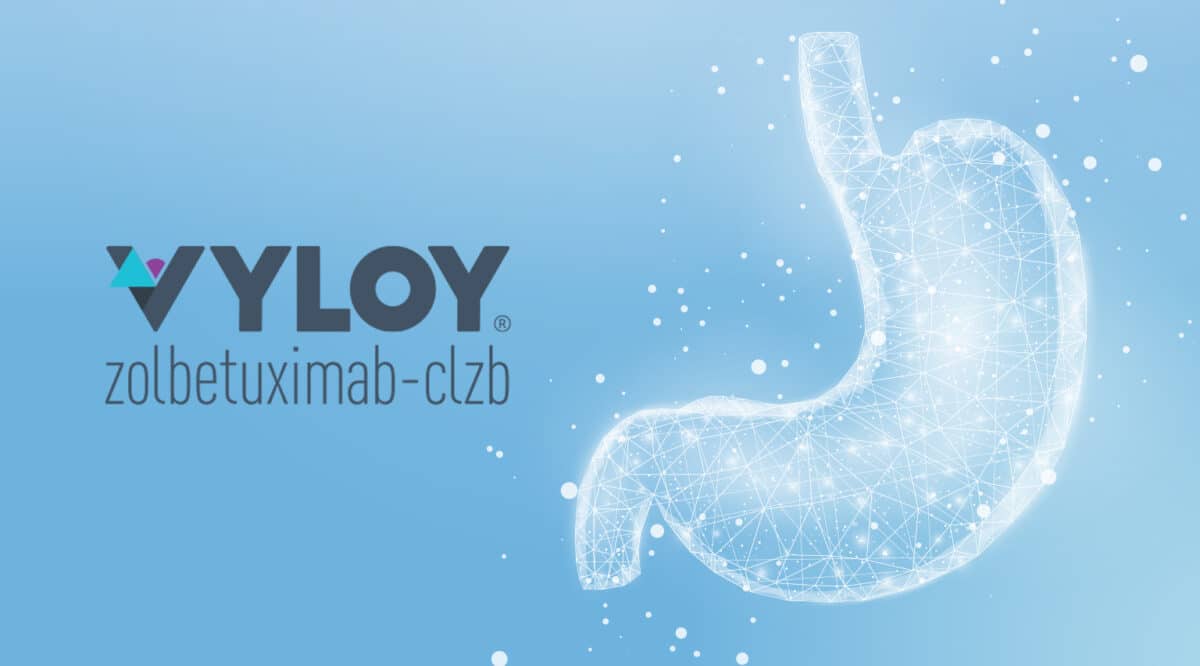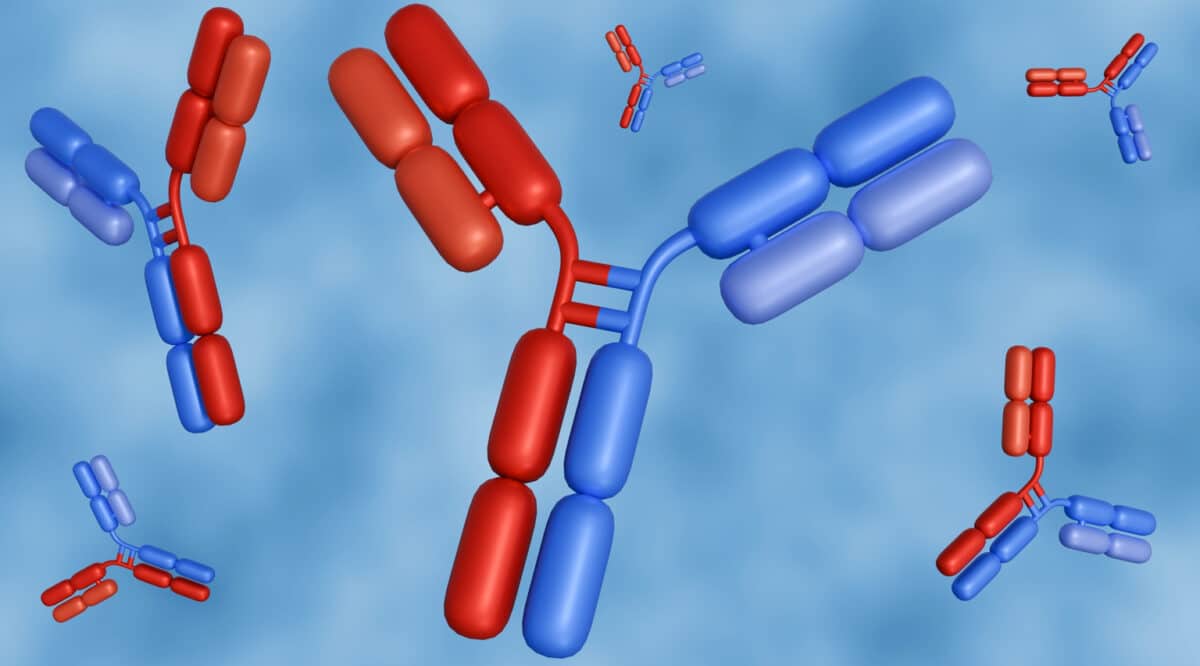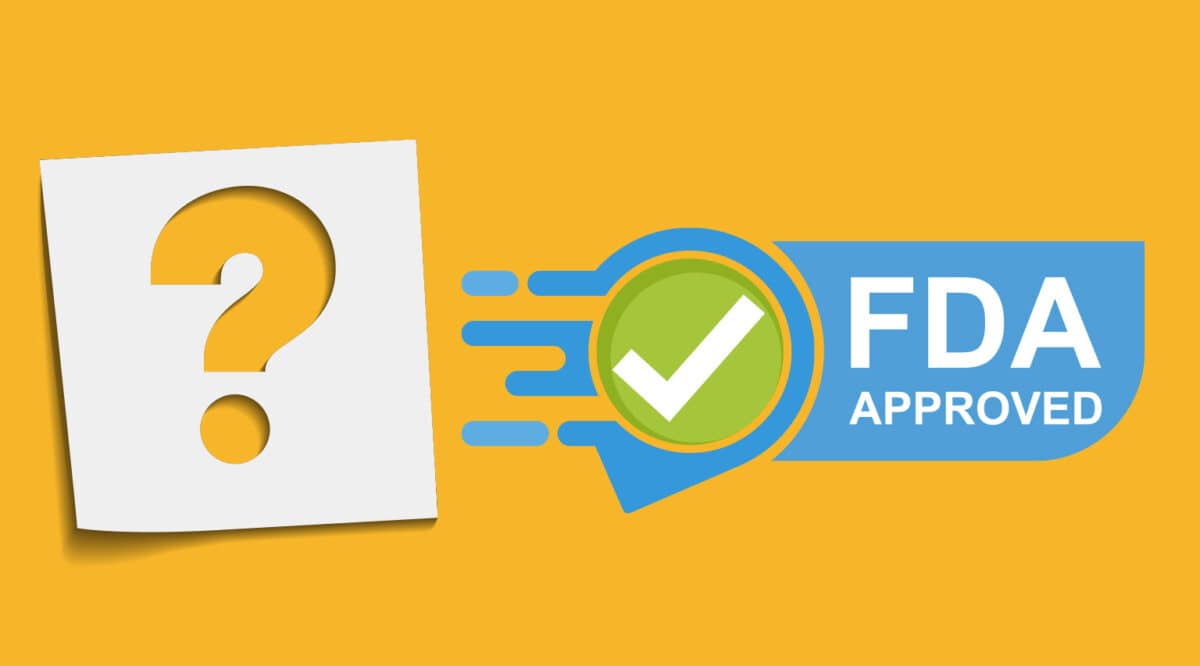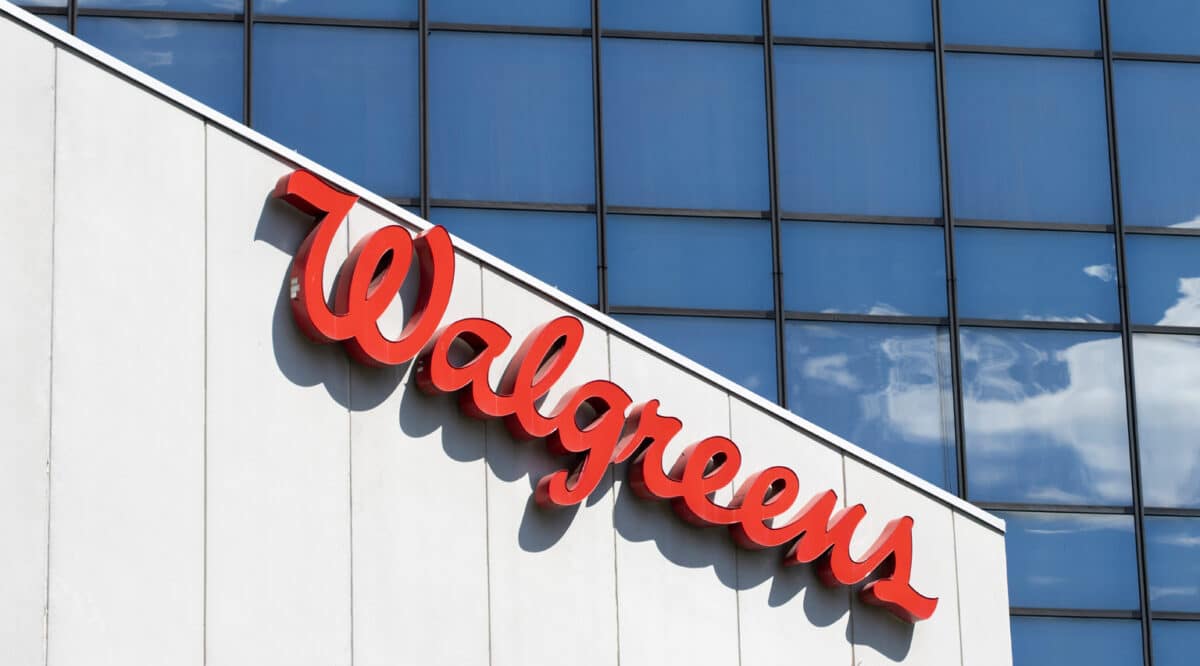The NHIA recently released a comprehensive list of therapies that have been routinely dispensed by home infusion providers. This comprehensive grouping, especially by therapeutic category and related prescribing practices, is both insightful and practical.
Specialty pharmacies that distribute key therapies may benefit from a reliable marketplace point of reference. In a broader sense, the marketplace can benefit from both seeing the large (and growing) array of therapies that can be administered in a lower cost ‘site of service’ outside the hospital. This distinction also goes to the heart of the ‘site of service’ appropriateness debate currently hotly contested around oncology therapies.
CLICK HERE to access the NHIA Home Infusion Drug List
———————————————————————————–
NHIA Home Infusion Drug List
The National Home Infusion Association (NHIA) Home Infusion Drug List contains the names and therapeutic categories of drugs that were compiled from medication dispensing reports submitted by home infusion providers and reflects current prescribing practices in the United States. The National Home Infusion Association (NHIA) Home Infusion Drug List may serve as a reference for decisions related to the site of care for administering drugs requiring intravenous or subcutaneous infusion.
This reference only lists prescribed drugs and does not endorse home infusion for patients who do not meet the criteria for safe administration in the home or alternate site of care. NHIA members and other practitioners using the list should exercise independent judgment and provide the patient with a choice in their site of care decision based on their individual situation. Additionally, not all home infusion providers offer every medication included on the list. Providers may specialize and only offer certain therapies.
The NHIA Home Infusion Drug List was developed collaboratively by NHIA staff and member volunteers comprised of pharmacists, nurses, and other professionals with extensive experience and expertise in the field of home infusion. The NHIA Quality and Standards Committee reviewed the list by category and drugs included for accuracy. The category selected for each medication was based on the chemical form of the active ingredient, the clinical use for a particular diagnosis, and/or the corresponding per diem where applicable. The committee members made recommendations that were incorporated prior to finalizing and approving the list and communication materials.






